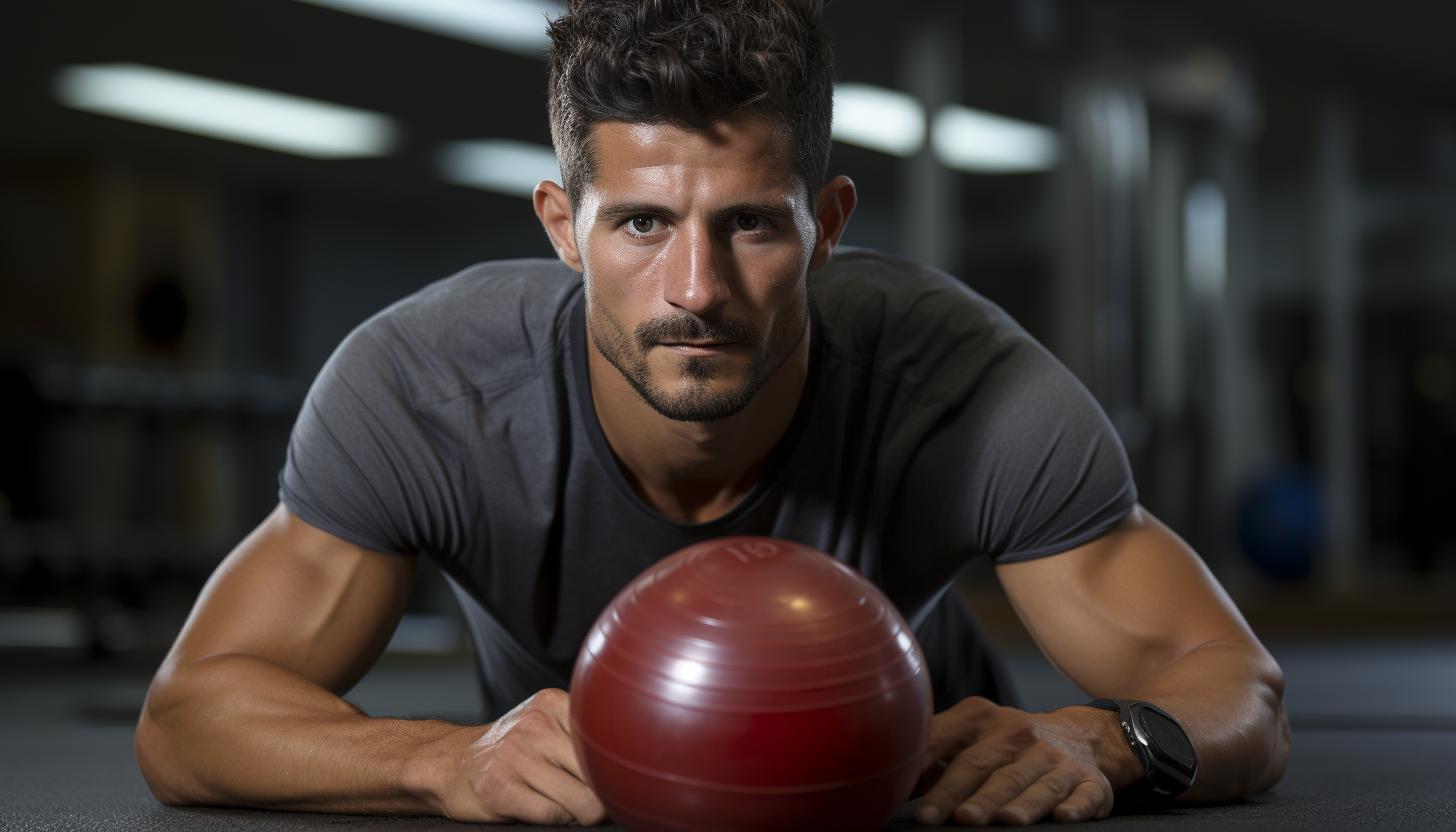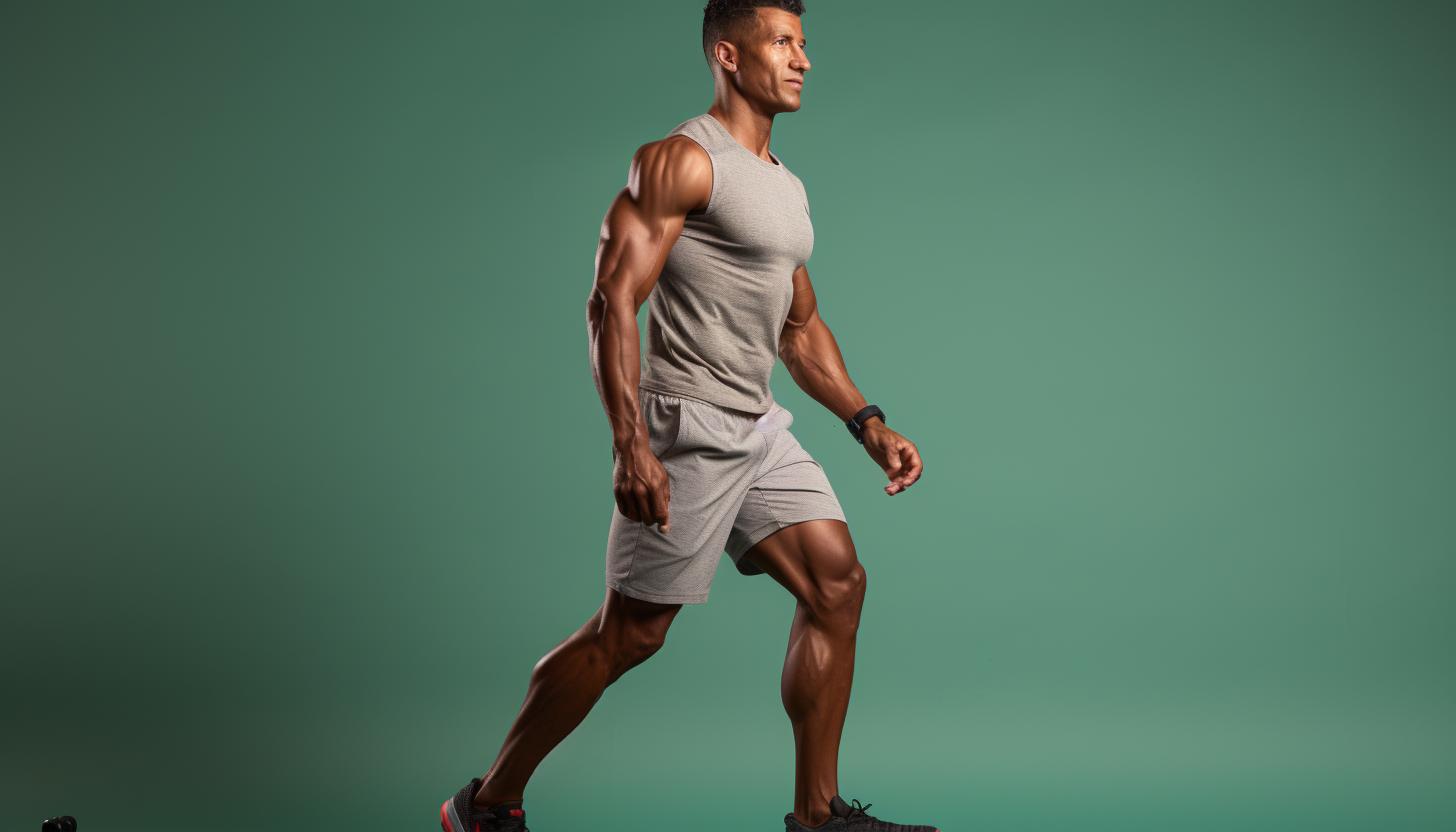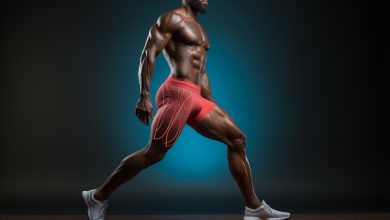Full-Body Strength Training Workouts for Runners: Balancing Upper and Lower

Are you ready to take your running performance to new heights?
Get ready to experience the ultimate full-body strength training workouts designed specifically for runners like you.
In this article, we will show you how balancing both your upper and lower body can revolutionize your running game.
From targeting key muscles to enhancing efficiency and improving form, these workouts will push you beyond your limits.
So lace up those shoes and get ready to unleash your true potential on the pavement.
The Importance of Full-Body Strength Training for Runners

If you want to improve your running performance, it’s crucial to understand the importance of full-body strength training. Many runners focus solely on cardio workouts and neglect the benefits that strength training can provide for their overall health and running performance. Incorporating strength training into your routine not only helps prevent injuries but also improves your speed, power, and endurance.
One of the main benefits of strength training for overall health is that it helps build strong muscles, which in turn support your joints and reduce the risk of injury. It also improves bone density, enhances flexibility, and boosts metabolism. By strengthening your entire body, you create a solid foundation for efficient running mechanics.
Combining strength training with proper nutrition is key to achieving optimal running performance. Fueling your body with the right nutrients before and after workouts ensures that you have enough energy to power through intense exercises and aids in muscle recovery. A diet rich in protein helps repair muscle tissue while carbohydrates provide the necessary fuel for long-distance runs.
In conclusion, incorporating full-body strength training into your routine has numerous benefits for both overall health and running performance. By focusing not only on cardio but also on building strong muscles throughout your body, you’ll enhance not just your speed but also reduce the risk of injuries. Remember to combine this form of exercise with proper nutrition to achieve optimal results.
Targeting Upper Body Muscles for Improved Running Performance

To improve your running performance, focus on targeting your upper body muscles. While it’s easy to overlook the importance of upper body strength in running, incorporating exercises that specifically target these muscles can have a significant impact on your overall performance. Here are some key benefits and exercises to consider:
– Improved Arm Swing:
– Stronger upper body muscles contribute to a more powerful arm swing while running.
– This increased arm swing helps you maintain balance and stability, leading to better overall running form.
– Enhanced Endurance:
– Engaging your upper body muscles during runs helps distribute the workload throughout your entire body.
– This reduces the strain solely placed on your legs, allowing for improved endurance and reduced risk of injury.
– Increased Speed:
– Strengthening your upper body muscles enables you to generate more force with each arm swing.
– The added power translates into greater speed and efficiency during races or intense training sessions.
Now that you understand the benefits, let’s explore some effective exercises for targeting your upper body:
1. Push-ups: These work multiple muscle groups including chest, shoulders, and triceps.
2. Bicep Curls: Use dumbbells or resistance bands to strengthen your biceps.
3. Plank Rows: Combine core stability with an upper back workout by performing rows while in a plank position.
Remember, a strong upper body complements your lower body strength as a runner. By incorporating these exercises into your routine, you’ll see improvements in both speed and endurance.
Lower Body Strength Exercises to Enhance Running Efficiency

Engaging your leg muscles through targeted exercises can enhance your running efficiency. By focusing on lower body strength, you can improve your stride length, speed, and overall performance.
One key area to target is glute activation. Your glutes are the largest muscles in your body and play a crucial role in running mechanics. Incorporating exercises such as squats, lunges, and hip thrusts into your routine will help activate and strengthen these muscles.
In addition to glute activation exercises, plyometric exercises are also beneficial for runners. Plyometrics involve explosive movements that increase power and speed. Exercises like jump squats, box jumps, and burpees can improve muscle elasticity and enhance your ability to generate force during each stride.
Remember to focus on proper form when performing these exercises. Engage your core, maintain a neutral spine, and land softly to minimize impact on your joints. It’s also important to gradually increase the intensity of these workouts over time to avoid injury.
Core and Stability Training for Better Running Form

Incorporating core and stability exercises into your routine can improve your running form and overall performance. When it comes to running, having a strong core and stable muscles is crucial for maintaining proper alignment, reducing the risk of injuries, and maximizing your athletic potential.
Here are three ways you can integrate core and stability training into your running warm-up routine:
1. Planks: Start by holding a forearm plank for 30 seconds, gradually increasing the time as you get stronger. This exercise targets your entire core, including your abs, obliques, and lower back.
2. Single-leg balance exercises: Stand on one leg while balancing on an unstable surface like a foam pad or Bosu ball. This will engage the stabilizer muscles in your legs and improve proprioception.
3. Medicine ball twists: Sit on the ground with bent knees and hold a medicine ball in front of you. Twist from side to side while keeping your feet off the ground to work your obliques and rotational strength.
Integrating Full-Body Strength Workouts Into Your Running Routine

Integrating full-body strength workouts into your running routine can help improve your overall performance and prevent injuries. By incorporating exercises that target both your upper and lower body, you will not only enhance your running endurance but also maintain a balanced physique.
To get started, it’s essential to understand the different muscle groups involved in running. In the table below, you’ll find a list of exercises categorized by their impact on specific areas:
| Upper Body | Lower Body |
|---|---|
| Push-ups | Squats |
| Pull-ups | Lunges |
| Plank | Deadlifts |
By engaging in these exercises regularly, you’ll strengthen your core, glutes, quads, and hamstrings. This will provide stability and power during runs while reducing the risk of injury.
In addition to strength training, incorporating pre and post-run stretching techniques is crucial for maintaining flexibility and preventing muscle tightness. Before your run, focus on dynamic stretches such as leg swings or walking lunges to warm up the muscles. Afterward, perform static stretches like calf stretches or quad stretches to cool down.
Remember that consistency is key when integrating full-body strength workouts into your running routine. By dedicating time to these exercises and implementing proper stretching techniques, you’ll see improvements in both performance and injury prevention. So lace up those shoes and get ready to take your running game to new heights!
Conclusion
Congratulations! You’re now equipped with the knowledge and tools to take your running to new heights.
By incorporating full-body strength training into your routine, you’ll not only enhance your running performance but also prevent injuries and improve overall body strength.
Just like a well-oiled machine, your body needs balance and coordination to reach its full potential on the road or trail.
So, lace up those shoes, hit the gym, and watch as you transform into a powerful force of nature, leaving all limitations in the dust.
The path to greatness starts here – embrace it!


